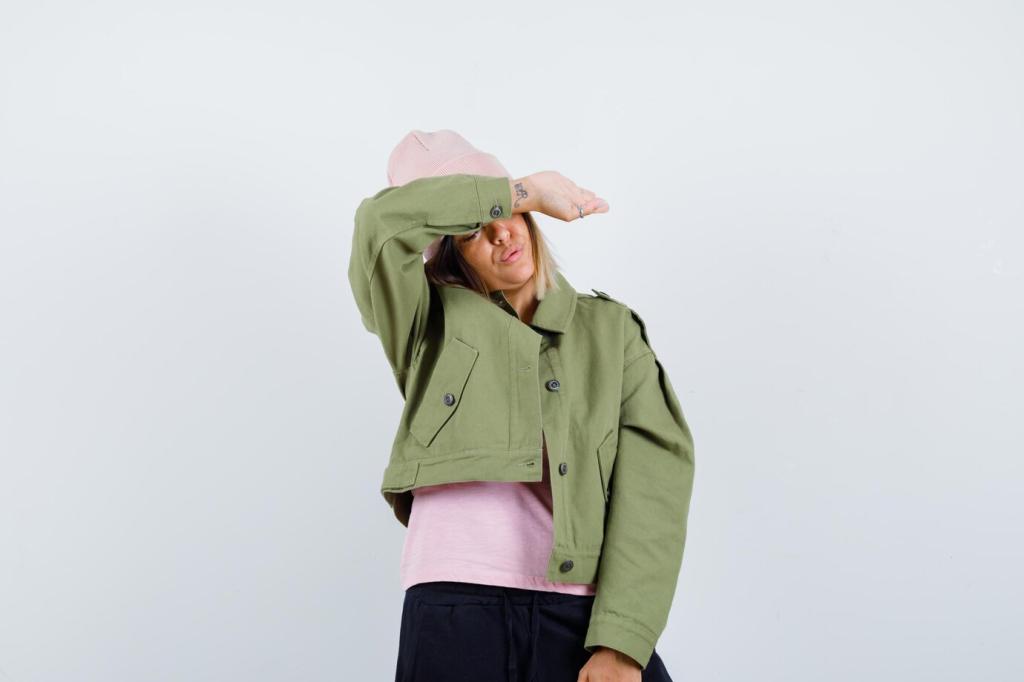
The Role of Eco-friendly Fabrics in Future Fashion
Eco-friendly fabrics have become a cornerstone in the transformation of the fashion industry, guiding it towards a more sustainable and conscious future. These materials, derived from renewable resources or recycled content, are designed to reduce environmental impact while offering functionality and style. As awareness grows regarding fashion’s ecological footprint, the adoption of sustainable textiles is reshaping design, manufacturing, and consumer behavior. This shift not only addresses pressing environmental concerns such as pollution and waste but also encourages innovation and responsibility throughout the fashion supply chain. Understanding the multifaceted role of eco-friendly fabrics is essential for envisioning a fashion future that balances aesthetics, ethics, and environmental stewardship.
Evolution of Fabrics in Fashion Sustainability
The Shift from Synthetics to Natural Alternatives
Technological Innovations in Sustainable Textiles
The Cultural Reawakening of Traditional Textiles
Reducing Water and Chemical Use in Production
Addressing Textile Waste and Circular Economy
Enhancing Biodiversity and Soil Health

